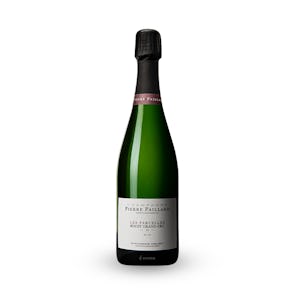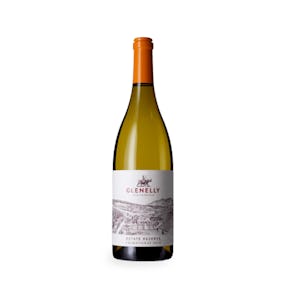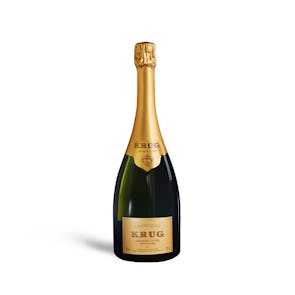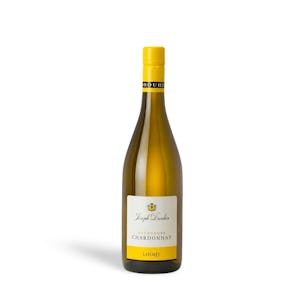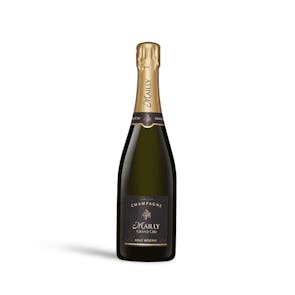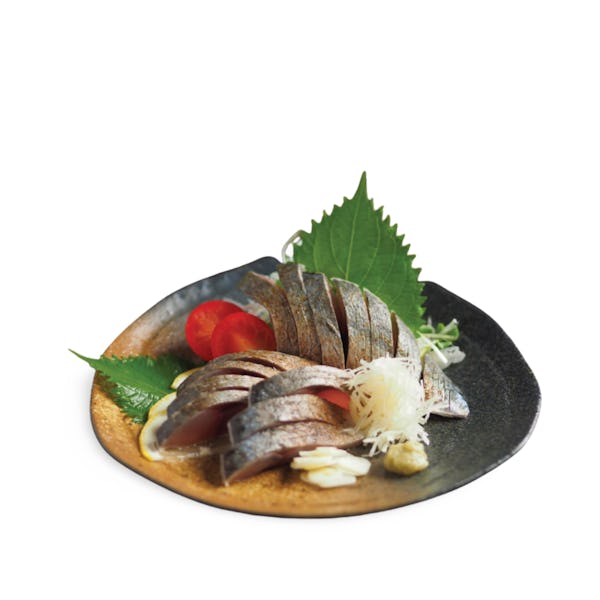
Kinka Aburi Shimesaba Vinegared Mackerel, Skin Roasted (Frozen)
Umami with a hint of smoke
TASTING NOTES FROM THE CURATOR
This is a superb mackerel from the cold waters of Sanriku, off the shores of Kinkasan, a small island in Miyagi Prefecture in Japan. It’s plump and fatty, it’s marinated in salt and vinegar. It has a refreshing acidity, with slight sweet and salty notes, and smoky hints. It has a soft texture, but keeps its shape very well, and yet, falls apart on the tongue easily.
PREPARATION AND PAIRINGS
Serve your Kinka Aburi Shimesaba as sashimi or nigiri, with some chopped spring onions, grated fresh ginger, and grated daikon. You can enhance the umami flavor by lightly searing it, as well.
THE ART OF RAW FISH
A classic and iconic Japanese delicacy, sashimi usually consists of thinly sliced pieces of fresh raw fish or meat. Although many non-Japanese people often confuse the words “sashimi” and “sushi,” or even use them interchangeably, they are, in fact, different. Raw fish is an ingredient in both, but sushi refers to dishes made with vinegared rice. While sashimi is always served as is, on its own.
“Sashimi” means “pierced body,” with “sashi” meaning pierced or stuck, and “mi” meaning body or flesh. There are two possible origins to the word. The first is that it might have come from the practice of sticking the fish’s fin or tail into the slices in order to help the consumer identify what they are eating. Another possibility could pertain to a traditional harvesting method, the “ikejime” process, which involves piercing the fish’s brain with a sharp spike immediately as it is caught, and placing it on shaved ice. The immediate death prevents the fish from obtaining too much lactic acid, and will therefore keep fresh on ice for longer.
Storage Instructions
Arrives frozen. Once thawed, it must be consumed within 48 hours.

